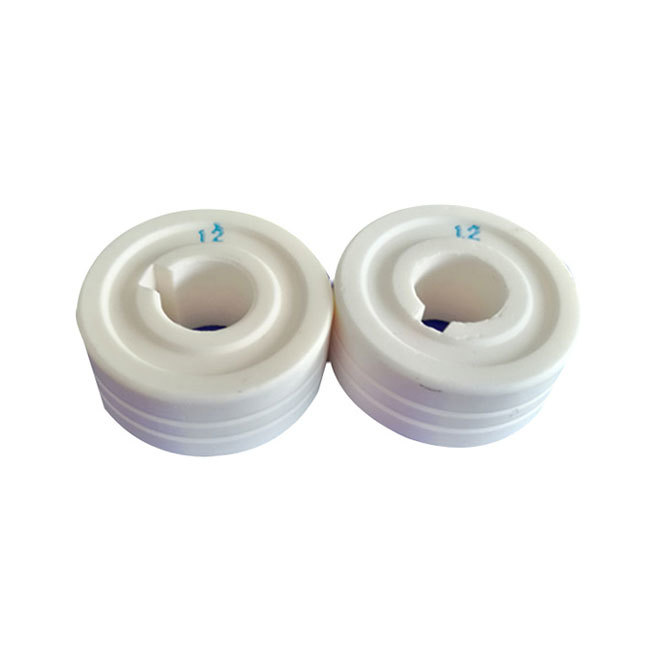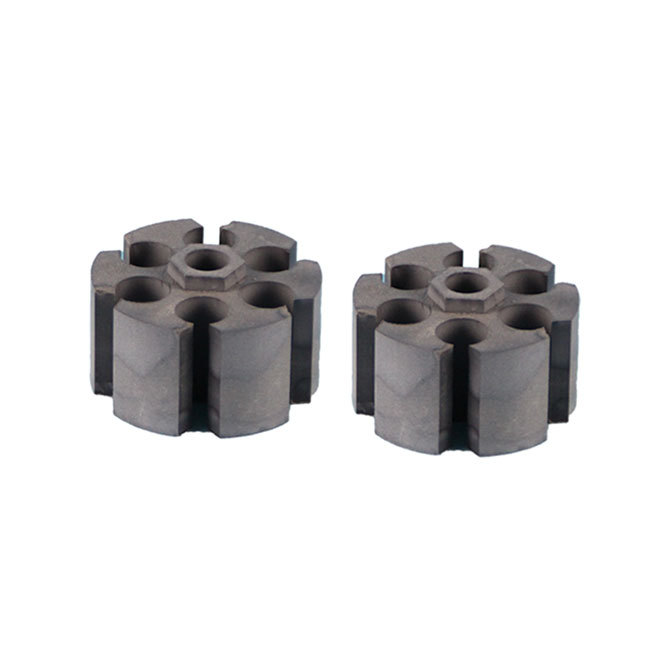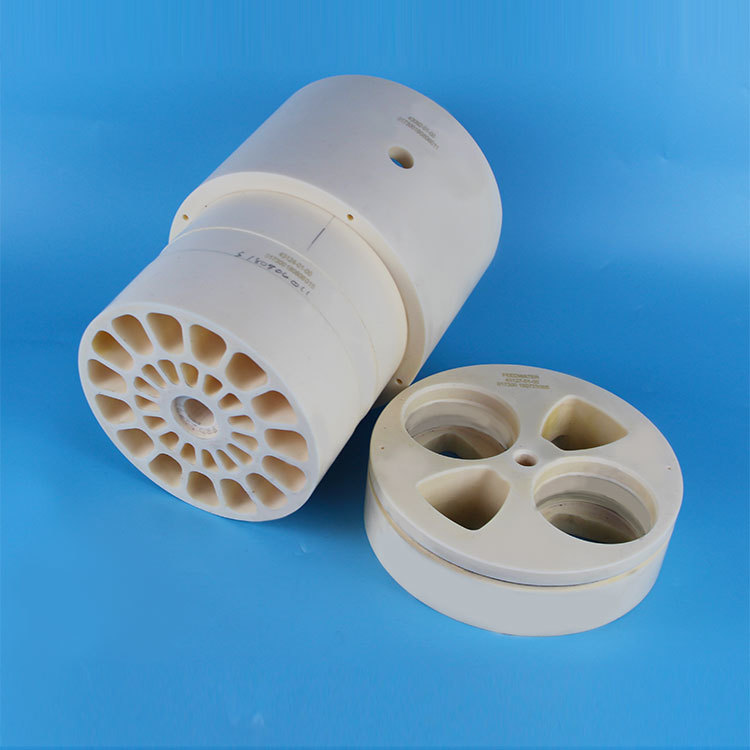






Alumina Fine Ceramics
Nano-alumina precision ceramics made of nano-alumina as the main raw material have been applied in high-tech fields and many industries because of their multiple functions:
keywords:
Aluminum oxide ceramics, silicon nitride ceramics, zirconia ceramics
Category:
Product Details
Nano-alumina precision ceramics made of nano-alumina as the main raw material have been applied in high-tech fields and many industries because of their multiple functions: 1. Application in the electronics industry (1) For multi-chip packaging Ceramic multilayer substrate: There are four methods of manufacturing nano-alumina ceramic multilayer substrates for packaging: thick film printing method, green lamination method, green printing method, and thick film hybrid method. (2) Nano-alumina ceramic sensor: Use the structural features and characteristics of high-purity nano-alumina ceramics such as grains, grain boundaries, and pores as sensitive elements, and use them in environments with high temperatures and corrosive gases to enable detection and control. The information is accurate and fast. From the type of application, there are temperature, gas, temperature and other sensors. 2. Bio-nano high-purity alumina: High-purity alumina polycrystalline was used as a biological functional material and applied to the human body in 1969. High-purity alumina fine ceramics are used in medical engineering, including single crystal and sintered polycrystal. At present, the United States, West Germany, Switzerland and the Netherlands are widely using polycrystalline high-purity nano-alumina to make artificial teeth and artificial bones. The medical materials are mainly high-purity nano-alumina, which is used for tooth roots and joints. The contact angle between aluminum fine ceramics and human tissue fluid is close to that of human teeth. So far, there are more than 20 kinds of bioceramics used in medical engineering, among which high-purity nano-alumina is used quite a lot. Alumina fine ceramics have good electrical conductivity, mechanical strength and high temperature resistance. Alumina ceramics are ceramics with a wide range of uses. Due to its superior performance, it has been more and more widely used in modern society. The use of alumina precision ceramics is to resist the erosion of gold and slag, and can also be used as special refractory materials, wear-resistant parts and tool materials in the machinery industry, and insulators in the electronics industry and other industries.
Message








